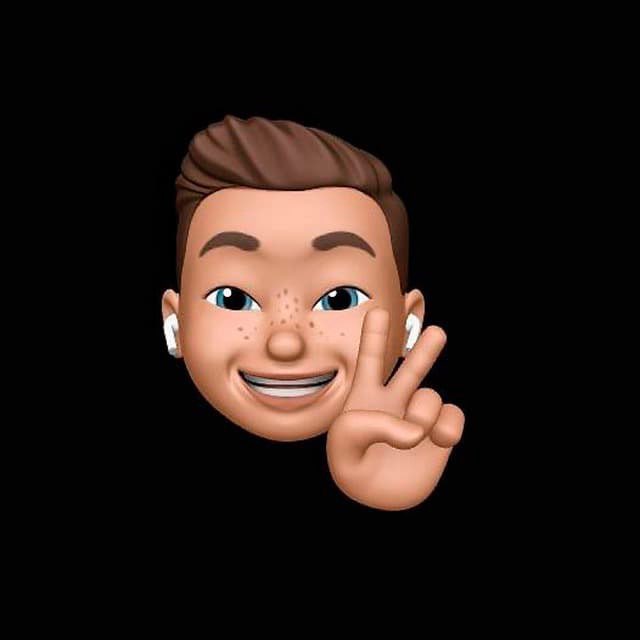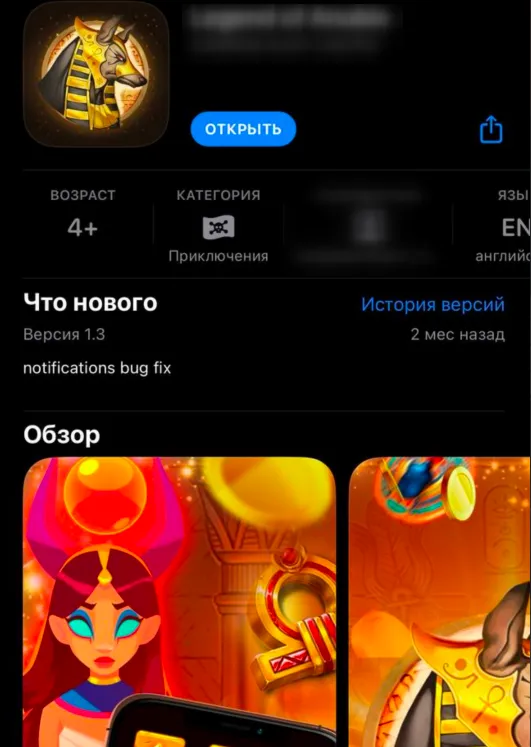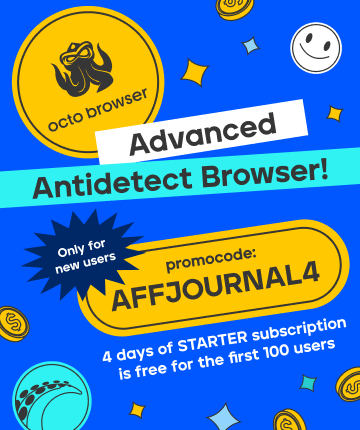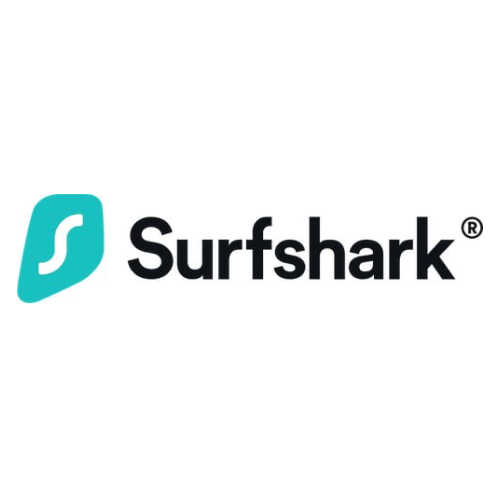

by Editor
We often write in our materials about the combination of FB + apps = profit. However, if a newcomer starts looking for information on integrating offers with apps and how this traffic circulates in general, Google is unlikely to provide an answer. That's why we decided to share this simple and understandable guide for beginners who want to figure this out on their own and delve into the world of gambling.
What does a gambling application itself represent?
Applications for gambling exist for both iOS (less commonly) and Android (which is primarily what everyone uploads). The application itself is a mini-game, colloquially referred to as a “placeholder”. Typically, they are created from templates and are intended solely to demonstrate to the App Store/Google Store moderators that we have a standard 'white' application.


Inside the code of the application, there is a built-in link to a tracker. However, the link is provided by the application supplier, as developing your own application can be quite expensive - starting from $800 for the release of the application directly into your hands, which you can promote anywhere, and all traffic, including organic, will be yours. Who these suppliers are we’ll discuss below.
These are the two main components that exist within the application, and, in fact, there is no need for more, except perhaps for a cloaking tool provided by the supplier, because it's the suppliers themselves who filter the app store moderators.
Suppliers & developing your own application
So, you've registered with a gambling affiliate network. You've received an affiliate link for an offer. What's next?
Option #1: Get the application from app suppliers. Payment to suppliers is made on a pay-per-install model (installation of an app by the user). On average, this ranges from $0,12 per installation (the larger your traffic volume, the lower the price). In this case, for testing the offer and the application, you’ll spend approximately $10-30, which is quite reasonable.
By the way, all suppliers operate on a one GEO — in one's hands scheme, allowing other teams to also run it, thereby enhancing its optimization. If a GEO is available or you need a couple of GEOs, they will open them for you.
Option #2: Order the development of the application. This can be done through freelancers or with the same suppliers. This way, you get an application exclusively for yourself. It means that all GEOs are yours, and no one else can promote it except for you. However, the price will be accordingly higher, up to a couple of thousand dollars.
But such an application has one problem — it lacks events. This means you can drive traffic to FB for installs or set up payment on deposits (which is what we need), but optimization is still absent on new applications. According to general information, a good 'hook' for an application requires at least 10 000 installations, which is almost unattainable for solo beginners. Therefore, if you're just starting on this path, we recommend taking the path of least resistance. Rent one.
To make it easier, we'll provide names without links (since it's not advertising, of course). Here's a list of well-known application suppliers without specifying the pros or cons:
- Wild Wild Apps
- CPA.STORE
- TD Apps
- NSQ Apps
- Trident Apps
- iRent.Market
Traffic distribution
How does traffic distribution actually happen, in other words, how will the application (internal TDS) understand that the traffic should be sent to ME? Currently, the most popular tool for determining to whom to send traffic in the application is through NAMING and DEEPLINK.
Basically, from the names, it's clear that naming is the name of the advertising campaign and other parameters used to track the effectiveness of this very advertising. Deeplink is a link that redirects the user to a specific section within a mobile application or to a website.
In practice, it looks like this:
In FB, you simply indicate the naming provided by the supplier in the campaign name. Typically, it's of this format:
- Supplierid_YourCampaignKeitaroid_sub1_sub2_sub3_sub4
Also, it’s common now to use naming and deeplink together, therefore deeplink will be as follows:
- myapp://Supplierid/YourCampaignKeitaroid/sub1/sub2/sub3/sub4
Usually, they have the same names, but the deeplink is in a slightly different format. By using this template and changing only the YourCampaignKeitaroid, you can efficiently redirect your traffic between Keitaro campaigns.
It's precisely due to naming and deeplink that the supplier's internal TDS understands that traffic from this stream should be sent to you.
How to obtain an application for your FB account?
Currently, all applications from all suppliers are distributed using a Telegram bot, and they all operate on the same principle: you provide your advertising account IDs, and they are automatically shared with your account.
When you launch the application, you will see them listed in your account:

Then just launch the advertising campaign.
That’s it.

by Editor



comments ....(0)
Leave a comment
You must be in to leave a comment